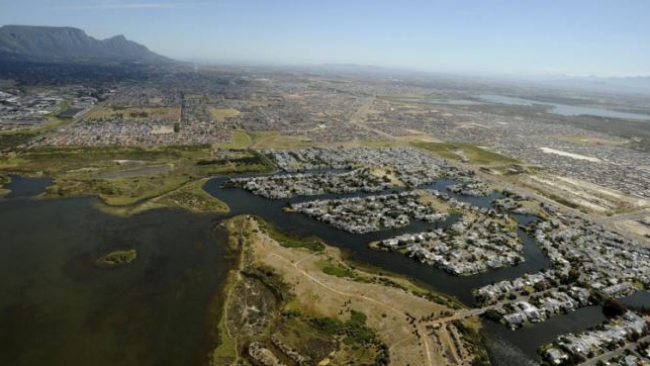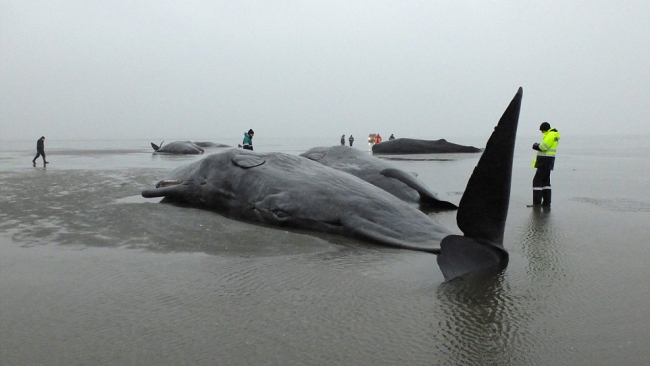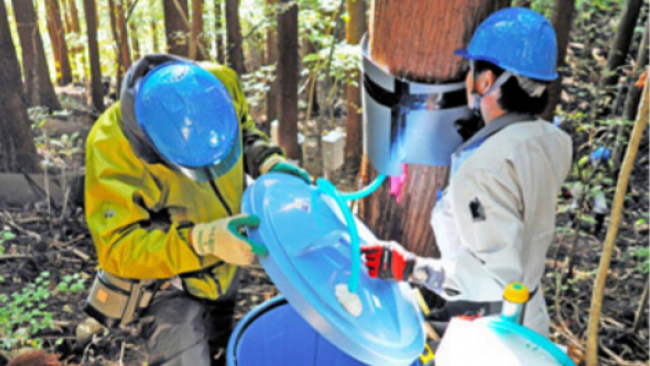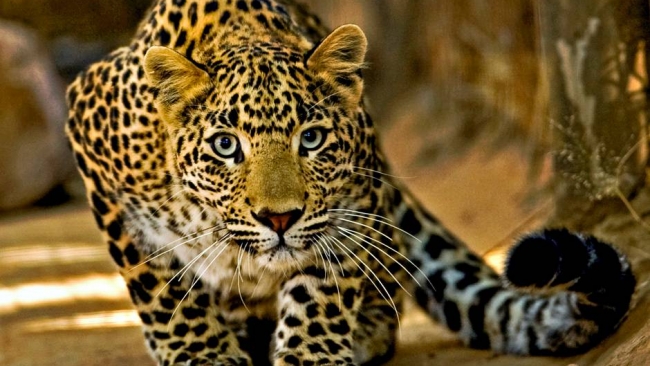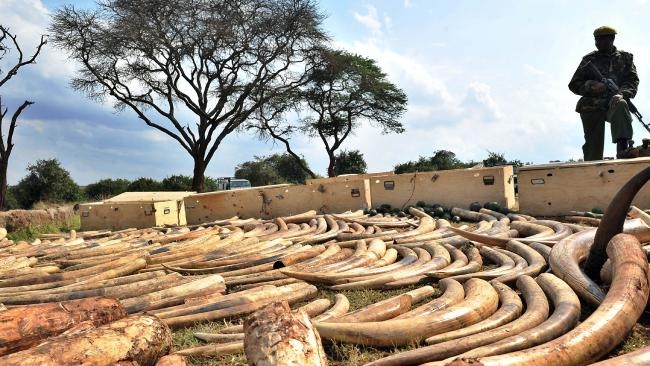Endangered bird dwells in Ingula wetland
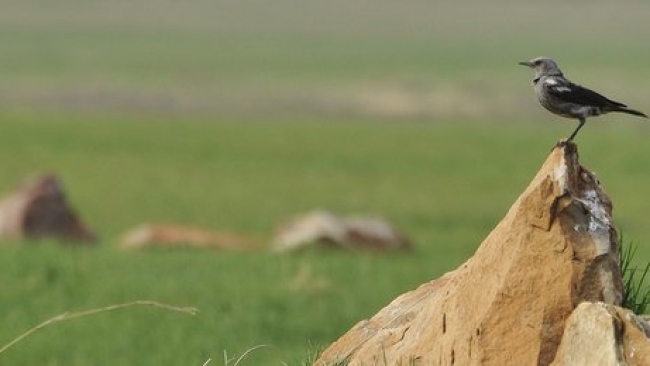
Wetlands are important for a number of species solely dependent on the wetland biome itself, such as the White-winged Flufftail.
Ingula has around 2000 hectares of wetlands in its care. It is home to a very special bird, found in only nine places in South Africa, the White-Winged Flufftail. This specialised wetland bird is critically endangered and the major reason for its status is habitat destruction. They need clean undisturbed wetlands in which to breed and feed successfully.
What is a wetland? A wetland is an area of land that is waterlogged, either permanently or seasonally. Lakes, rivers, ponds, swamps, peatlands, mangrove forests, salt pans, sandy beaches and coral reefs are all examples of wetlands. A major factor that distinguishes a wetland from other land forms or water bodies is the characteristic of vegetation that is adapted to its unique soil conditions.
Thus they can be viewed as terrestrial and aquatic ecosystems converging. One of the key characteristics of wetlands that makes them easily identifiable is the presence of aquatic plant life, specifically adapted to survive in the unique soil conditions.
Wetlands include bogs, swamps, marshes and deltas and they are often located near large bodies of water like lakes and rivers, and can be found throughout the world. These unique characteristics that make up the wetland biome make it a very important habitat for an array of important species.
These areas are thus particularly important for the conservation of biodiversity and ecology. Wetlands are important for a number of species who are solely dependent on the wetland biome itself, such as the White-winged Flufftail.
Source: Ladysmith Gazette
Tue 2 Feb 2016 at 08:55

